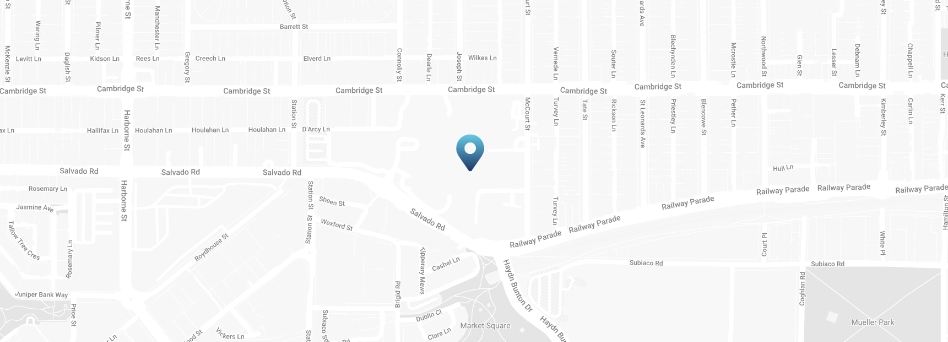Breast Reduction
Many women with large breasts experience significant physical discomfort from the weight of their breasts.
Common symptoms which may occur from having heavy breasts include:
- Neck pain and neck aches
- Back pain and back aches
- Shoulder pain and shoulder aches
- Rashes and skin irritation underneath the breast
- Inability or difficulty to get clothes to fit correctly
- Indents in their shoulders from their bra straps
- Discomfort and difficulty with exercise
Breast reduction surgery, also referred to as a mammoplasty, aims to improve these symptoms as well as enhance the appearance of the breasts.
Things to consider before surgery
Patients with a high BMI have increased risks associated with the procedure and may be asked to lose weight before proceeding. Mr Hanikeri recommends waiting until patients have achieved a stable weight that they are happy with and a BMI under 32 before having breast reduction performed.
Patients who are non-smokers or have stopped smoking for at least six weeks before the mammoplasty can be suitable candidates for breast reduction.
Medicare rebates may currently apply for breast reduction and so patients who have private health insurance can significantly reduce the costs associated with the surgery.
Some patients experience back and neck pain, posture concerns and other health-related issues due to the size and weight of their breasts, and may need to undergo a breast reduction to improve their quality of life as opposed to aesthetic-based reasons. You can speak with your General practitioner ahead of time to see if you would qualify for a Medicare rebate. You will only be eligible for a Medicare rebate if your procedure is deemed as medically necessary.
Your breast reduction consultation with Dr Hanikeri
During your initial consultation with Dr Hanikeri, your breast reduction/mammoplasty surgeon in Perth, your specific concerns will be evaluated to determine how the procedure can be customised to meet your needs.
Since each patient is unique and has their own preferences, the steps involved in breast reduction can vary. Your initial consultation serves as an opportunity to discuss your desired outcomes, ask any questions you may have, and collaboratively establish a treatment plan. Additionally, your surgeon will assess your suitability for the procedure. The total costs of your breast reduction procedure will also be discussed during the consultation, and you will receive a detailed Surgical Fee Estimate outlining all applicable fees.







